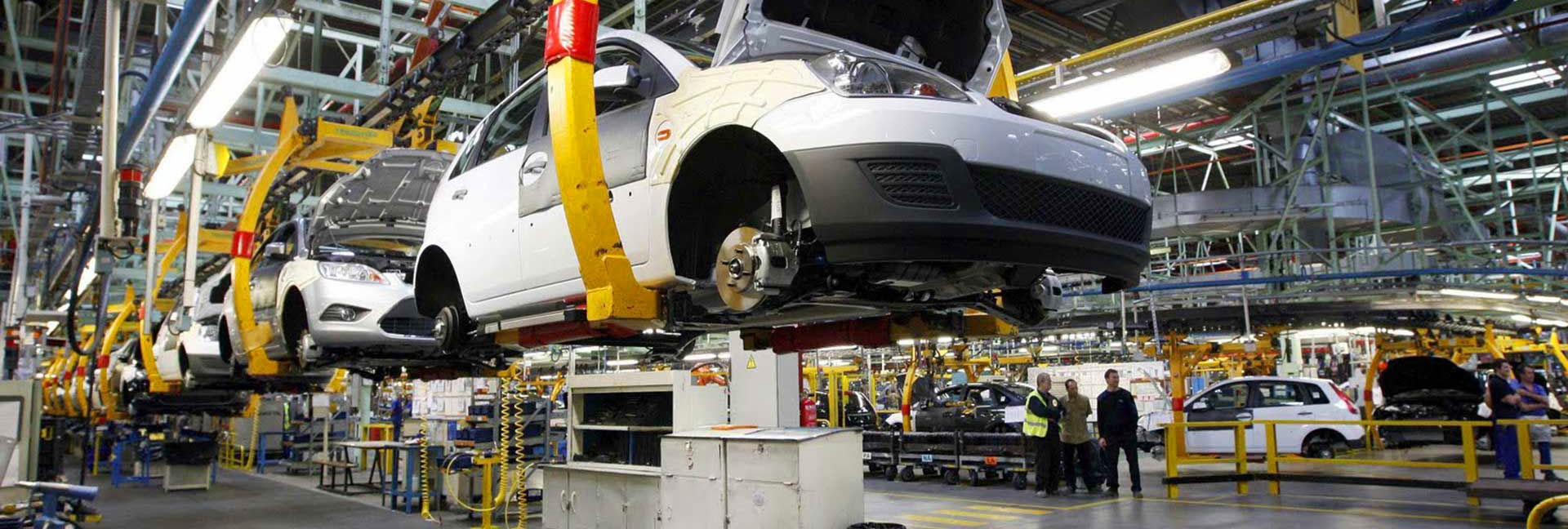

EUROLAB, with its state-of-the-art accredited laboratories and expert team, provides precise and fast testing services within the scope of VW TL 820 66 test. The VW TL 820 66 standard, developed by Volkswagen automobile company, defines a test method for determining the level of transmitted interference in vehicles within the scope of electromagnetic compatibility (EMC).

Conducted and radiated emissions are unintentional energy escaping from equipment in the form of electric, magnetic or electromagnetic fields. Conducted emissions are energy unintentionally carried out from equipment on equipment power cables or connected signal cables.
There are many EMC standards that specify test methods and limits for radio frequency emissions from electronic devices. One of them is the VW TL 820 66 standard. There are often separate standards for different types of equipment, and further classification can be made based on the equipment's intended operating environment or the desired EMC performance level.
Emissions standards generally cover:
Conducted electromagnetic interference results from physical contact of conductors, as opposed to electromagnetic interference caused by induction, that is, propagated without physical contact of the conductors.
Conducted susceptibility, or immunity, is the ability of a system to operate acceptably when exposed to radio frequency voltage or current on interconnecting conductors. Generally, such radio frequency noise is induced on electrical conductors from various sources and coupling mechanisms.
Interference occurs when unwanted radio frequency signals disrupt television, radio, or mobile phone use. Interference can completely block reception, cause only a temporary loss of signal, or affect the quality of the sound or image produced by the equipment. The two most common causes of interference are transmitters and electrical equipment. Design flaws such as insufficient filtration, insufficient shielding, or corroded or corroded wires make the equipment susceptible to transmitter interference.
EUROLAB assists manufacturers with VW TL 820 66 test compliance. Our test experts, with their professional working mission and principles, provide you, our manufacturers and suppliers, the best service and controlled testing process in our laboratories. Thanks to these services, businesses receive more effective, high-performance and quality testing services and provide safe, fast and uninterrupted service to their customers.
To get an appointment, to get more detailed information or to request an evaluation, you can ask us to fill in our form and reach you.